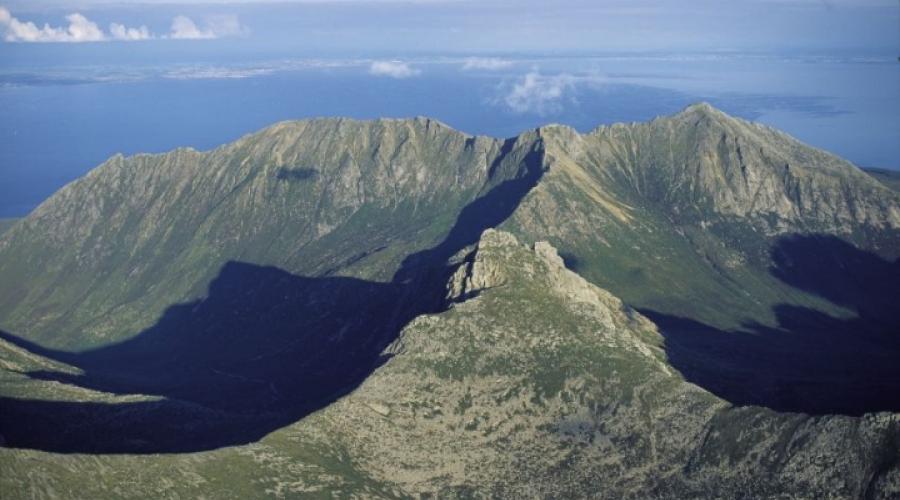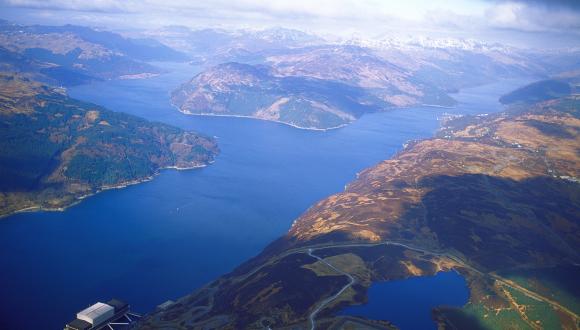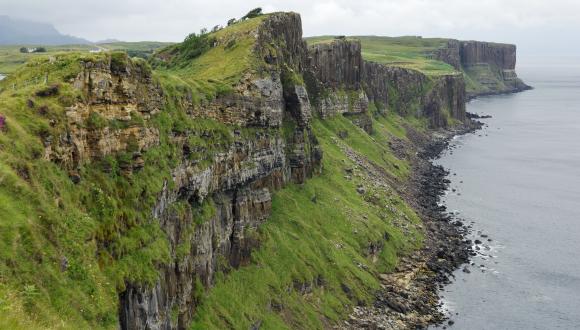
Sampling for cosmogenic dating
Collecting rock samples in Scotland must be done responsibly – even in areas without statutory designation or other conservation protection.
The main issues for researchers collecting samples for cosmogenic dating are to:
- get permission for access and sampling
- choose the sampling location carefully
- avoid the unsightly visual impact of obvious fresh scars – especially on rock covered with lichen or moss, or with a surface weathering patina
General guidance
Before visiting a site, you should ask the landowner for permission to take samples. You may also need to apply for a permit to collect samples if the land is part of a National Nature Reserve or other protected area.
To find out more about access and permissions, view Scotland’s Ethical Rock Collection Policy on the Scottish Geodiversity Forum website.
As far as possible, choose sampling sites located away from footpaths or that are not readily visible. Avoid iconic boulders and boulders with historical or cultural connections (e.g. these may have local names such as Rob Roy’s Putting Stone).
In areas of archaeological interest, seek relevant professional advice and have an archaeologist on site when sampling, if necessary. If in doubt, don’t sample before getting advice, e.g. from a local museum or archaeologist.
Aim to leave as little trace as possible:
- don’t mark boulders with paint
- take only as much rock as is required for a viable sample and no more
- don’t leave surfaces obviously damaged
- clean up loose rock chippings
- allow enough time on site to mitigate the visual impact after sampling
Guidance on sampling procedures
You should take samples from boulders where using a hammer and chisel is enough to remove material. Exploit natural edges, joints and fractures to make the process easier.
A rock saw or drill may be needed to obtain a viable sample – e.g. on glacially smoothed boulders or bedrock with no visible weaknesses.
If using a rock saw or drill:
- cut at a shallow angle, or depth, if possible and remove thin platy slivers
- break up any straight-cut edges with a hammer and chisel to leave a shallow bevelled depression
- for cosmogenic dating sampling don’t use cement or cement mixed with rock chippings to fill new holes because the material will weather out of the shallow excavations.





